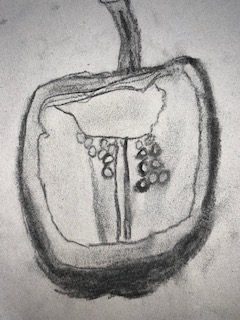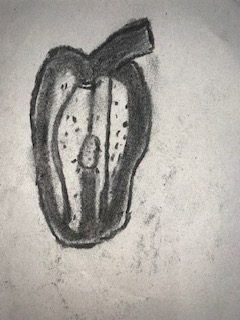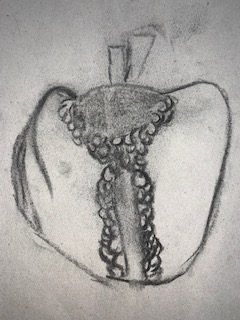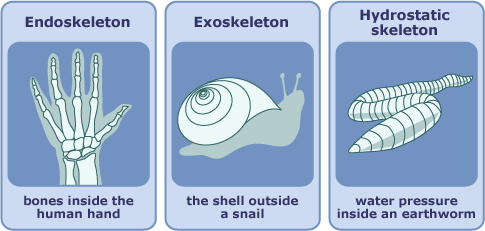It’s been a busy week half term and Year 3 have been out to visit Leomonsley Brook in Beacon Park in Lichfield.
As part of this term’s topic ‘Flow’, Year 3 visited Beacon Park, Lichfield. We had a great day with Ruth the Ranger observing, sampling and measuring Lemonsley Brook. After meeting Ruth, we split into three groups and started our activities. Those of us with wellies on were allowed into the brook to help Miss Groom measure the width and depth of the brook. We then had to measure the temperature of the water and the last part was the most fun. To measure how fast the brook was flowing we played the traditional game of Pooh Sticks with dog biscuits because they float and are also kind to the environment. Those without wellies timed them to see how fast the dog biscuits took to travel down river. We also measured how clean the water was, as this would tell us how well the plant would grow. The more circles we could see at the bottom of the container, the cleaner the water was.

Next, we went pond dipping with Ruth to take samples of the different creatures living in the brook. We managed to catch and observe a few creatures. This proves how clean the water is in Lemonsley Brook. We dragged a net in the water and then emptied our nets into a tray. We then used an identification chart to help us identify the things we had caught. It was great fun and Year 3 were really interested to see what lives below the surface of the water.
Mrs Akhtar and her group looked at the trees along the river bank and identified them from our key. There were eight different trees alongside the river. Why not ask Year 3 to see if they can name them?
A big thank you to Ranger Ruth 🙂





































































































